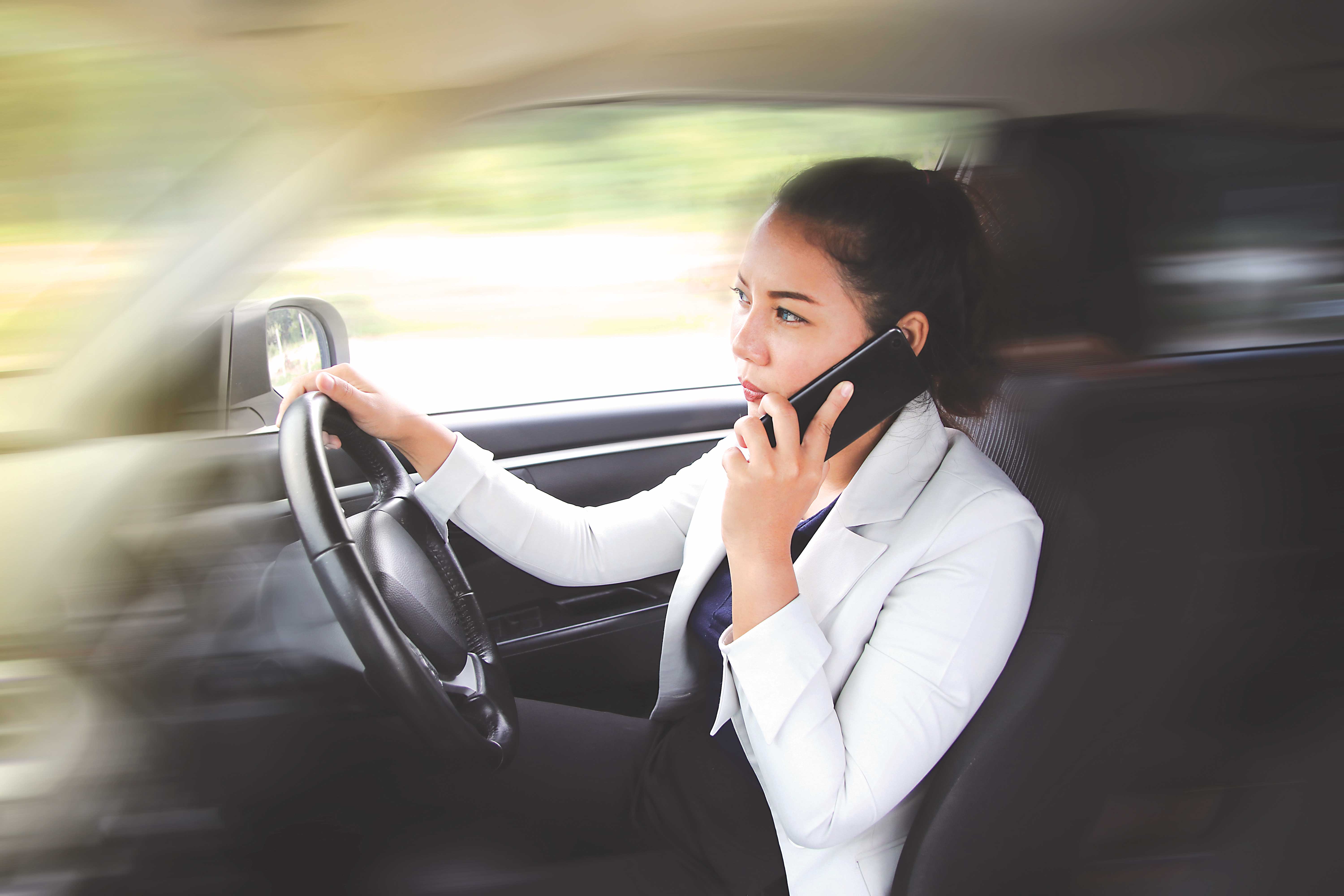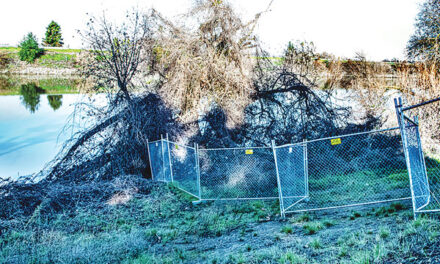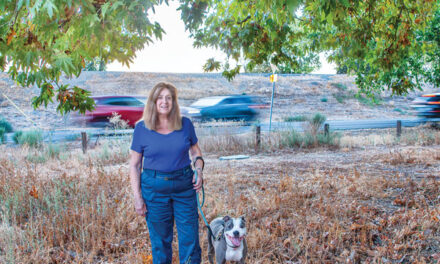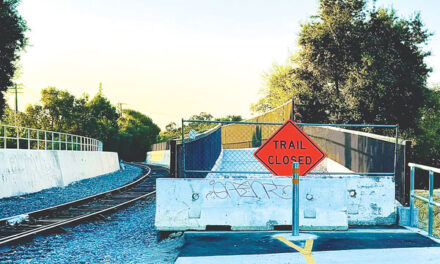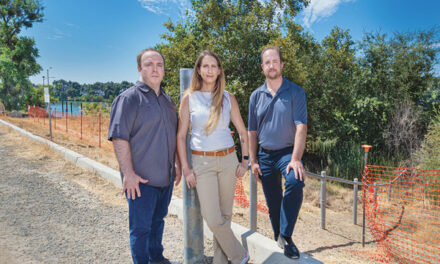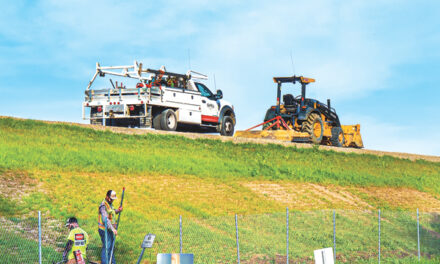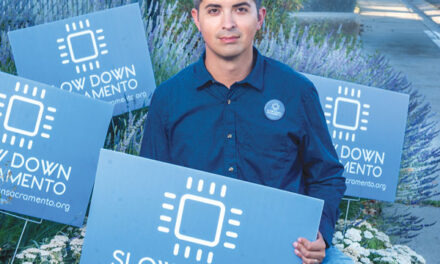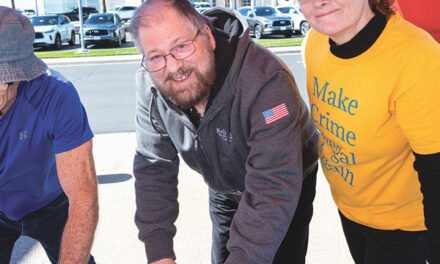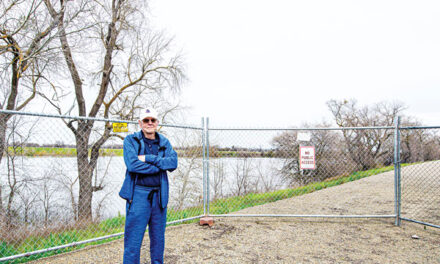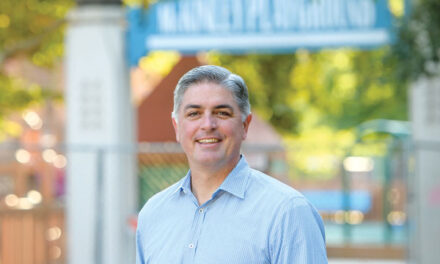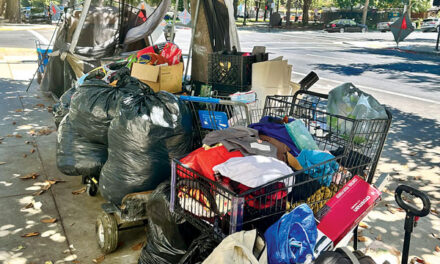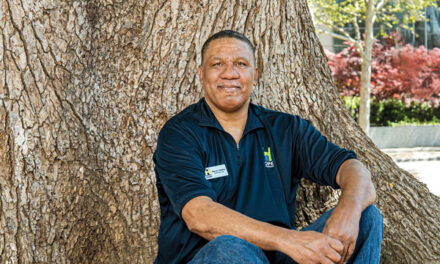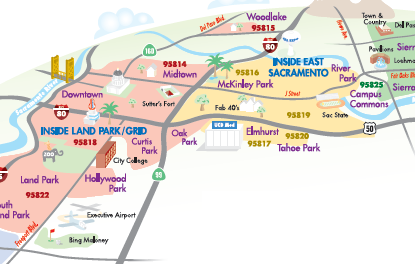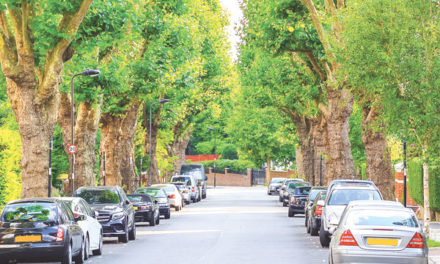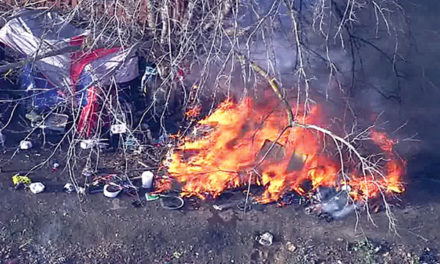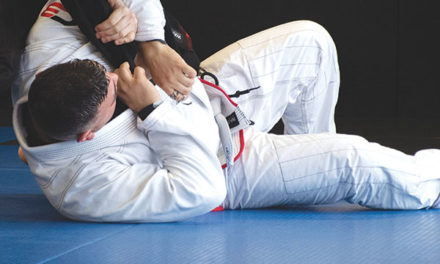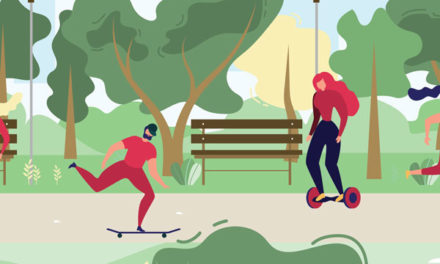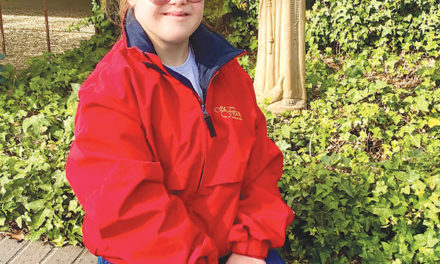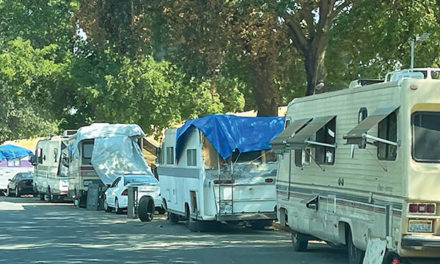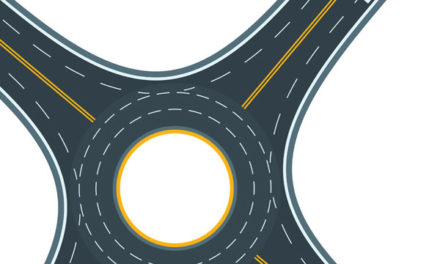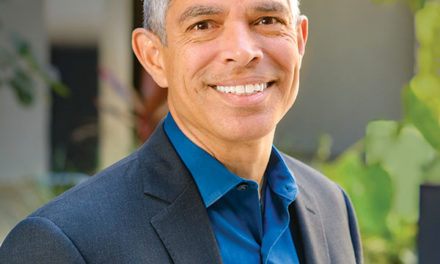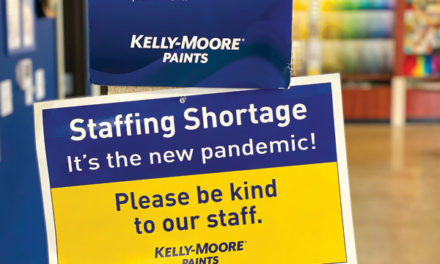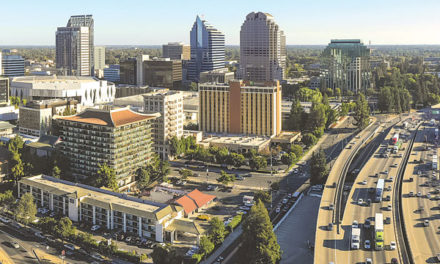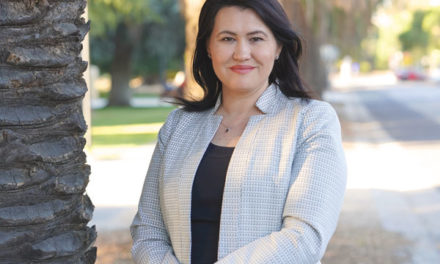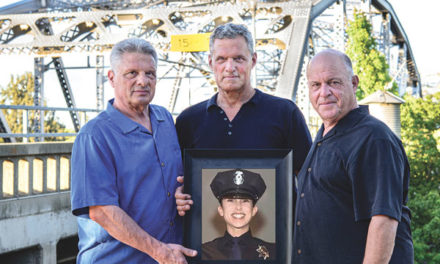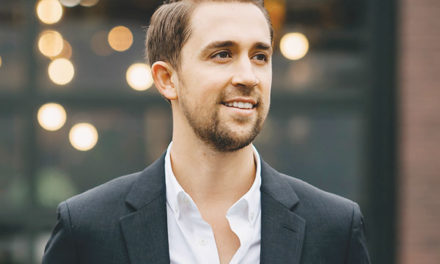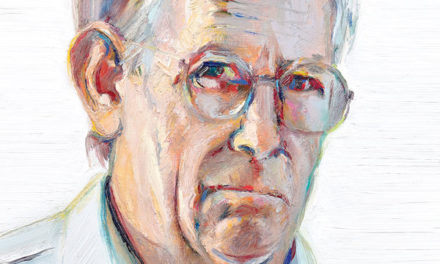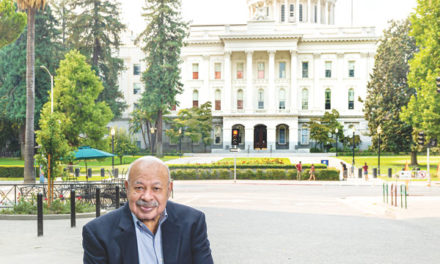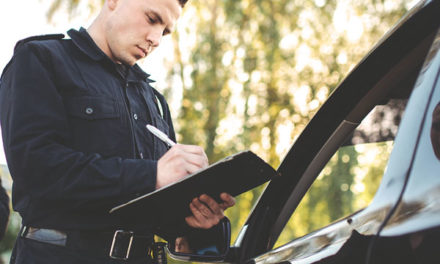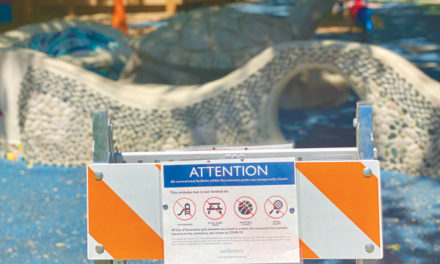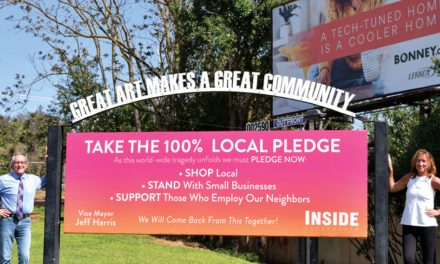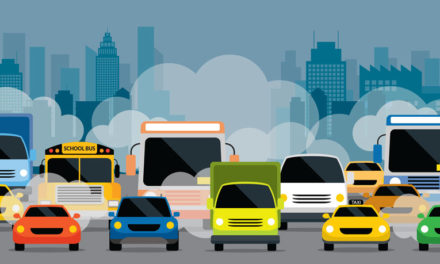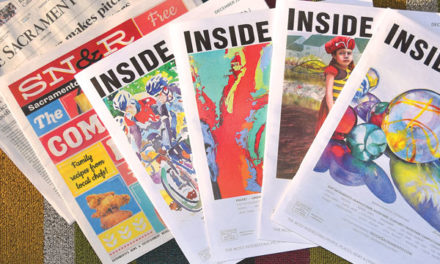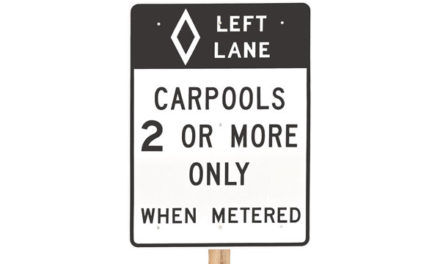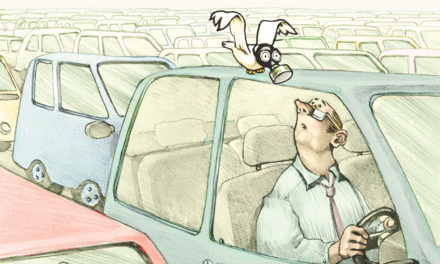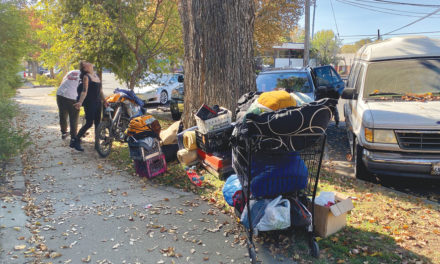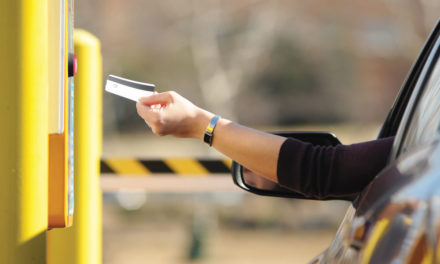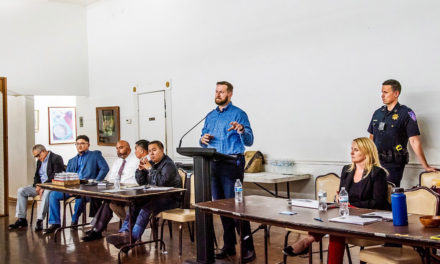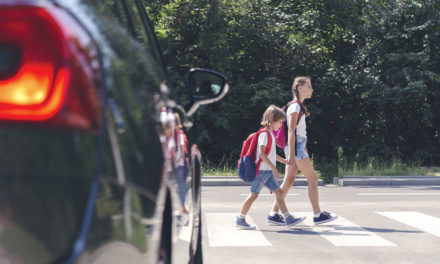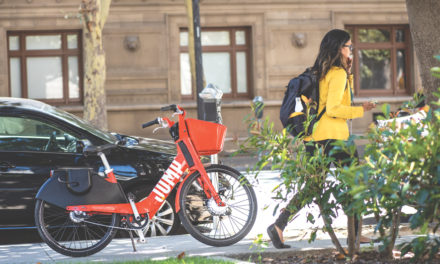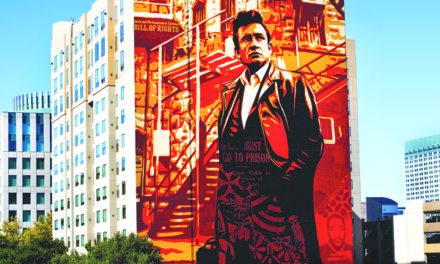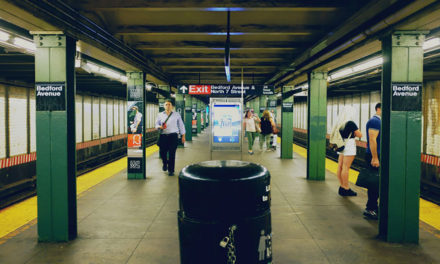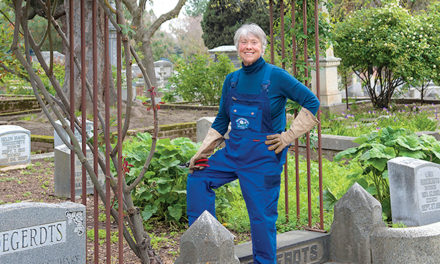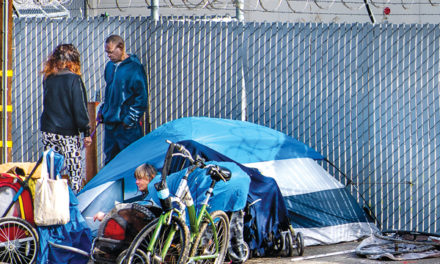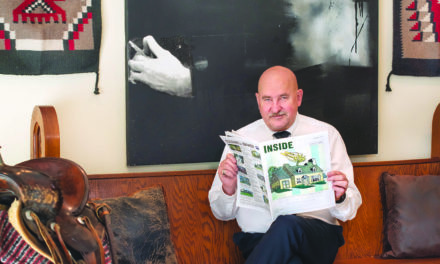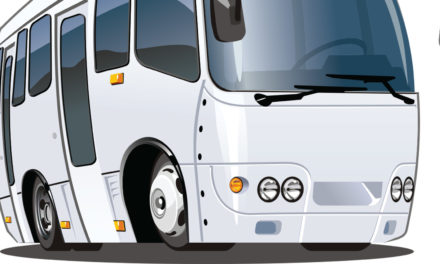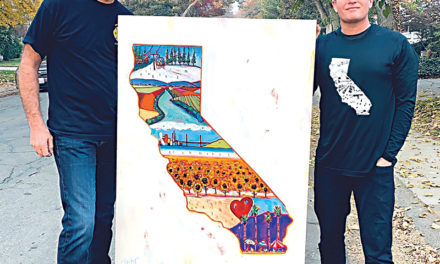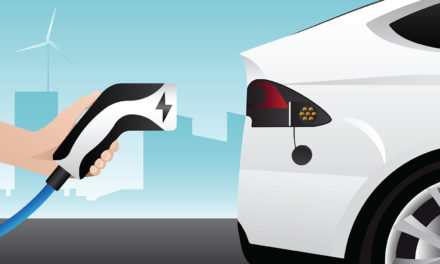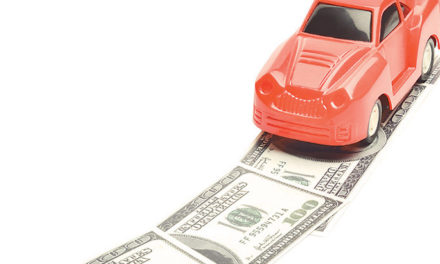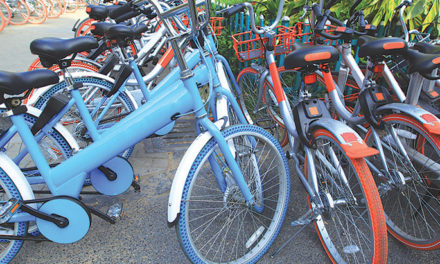April was Distracted Driving Month. Missed it? Maybe you were on your cellphone.
Distracted driving was in the news locally in April. Nicholas Worrell, a guru at the National Transportation Safety Board, spoke at a Sacramento State University kickoff event. He urged California to ban hands-free cellphone use while driving.
No state has passed such legislation, but California could lead the way as it has on many other issues. NTSB first recommended prohibiting hands-free cellphone conversations by drivers in 2011.
California laws on cellphone use while driving have gradually become more restrictive. First, talking on a hand-held phone was prohibited. Next came a ban on texting (duh!). In 2017, even holding a phone while driving was made illegal. The fine for a first offense is $162.
Changes in the law are not reflected in actual behavior. The California Office of Traffic Safety found in a 2018 observational study that 4.5 percent of drivers were using hand-held devices. So, at any given moment, nearly one driver in 20 is using a hand-held phone.
That’s certainly an undercount of how many drivers were actually engaged with their phones, since many were legally, and unobtrusively, using hands-free devices. (Shouldn’t police routinely check on drivers’ phone use during crash investigations?)
The problem is, as Worrell points out, hands-free is not risk-free. Distraction is a deadly problem. Each day in our country distracted drivers kill nine people. Another 1,000 are injured. Only a second of inattention can permanently change your or another person’s life.
Many studies have shown it’s really the conversation, not holding a phone, that’s most distracting. Drivers talking on a cellphone miss seeing half the driving environment. That could mean not noticing a pedestrian, bicyclist or even another car. Human brains really can’t do two things at the same time, no matter how much people believe they can effectively multitask.
Misconceptions about driving while using a cellphone are common.
Talking on a cellphone is not the same as talking to a passenger. A passenger sees what traffic conditions are and can even help a driver by spotting hazards. Someone on the other end of a call lacks awareness of traffic, road and weather conditions.
Talking while at a traffic signal is not safe. And the distractions from a call don’t dissipate immediately. They persist for 27 seconds.
Voice to text is not safe either. It’s even more distracting than holding a phone. You have to see, confirm and correct inaccurate auto spelling.
Cellphones aren’t the only things distracting drivers. My wife and I bought a new car this summer. It has a dashboard touch screen. Now, simply tuning the radio, a task I used to do by a quick glance and feel of a knob, requires taking my eyes off the road.
I’m sure I’ll get better at it, but I’m convinced it will always be more distracting than using knobs and buttons. Getting to the right screen and finding the right location on the screen requires attention.
When we’re behind the wheel, we need to just drive.
The allure of saving time and ordering a pizza, checking email or talking to someone on the phone while driving is real. Driving is a dangerous endeavor that requires focus and full-time attention. Please, for your sake and mine, just drive.
Walt Seifert is executive director of Sacramento Trailnet, an organization devoted to promoting greenways with paved trails. He can be reached at bikeguy@surewest.net. Follow us on Facebook, Twitter and Instagram: @insidesacramento.



